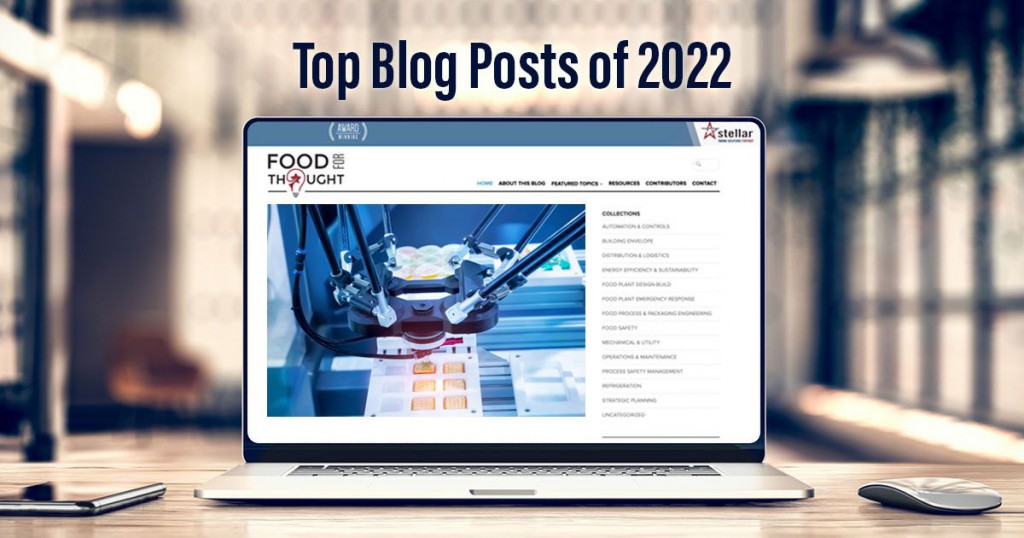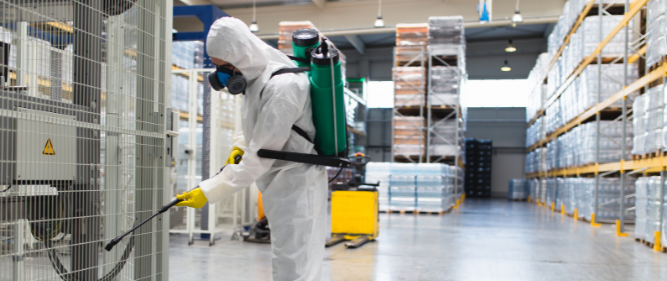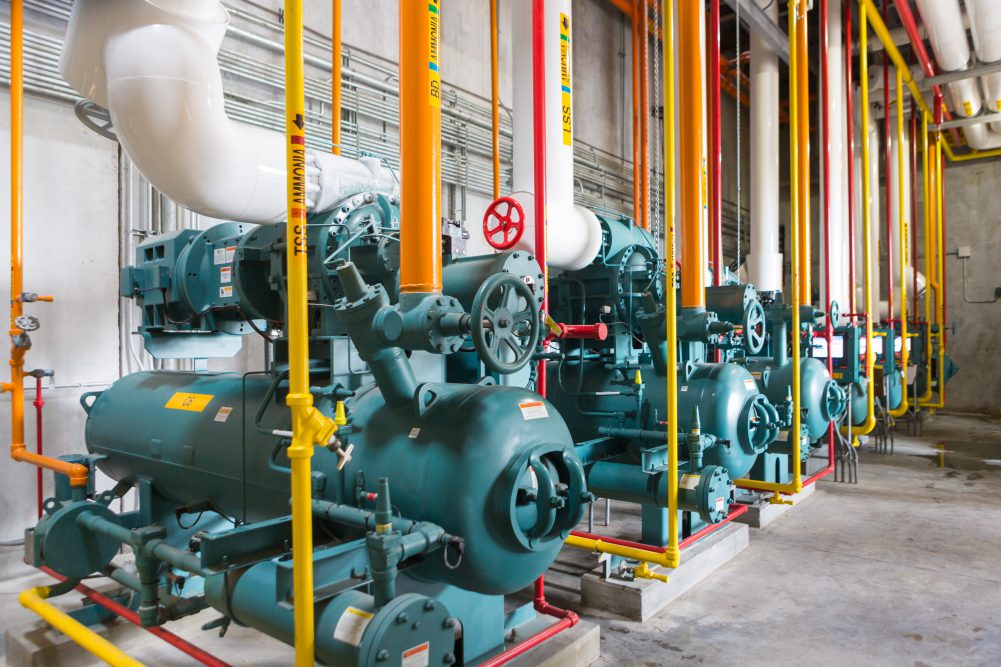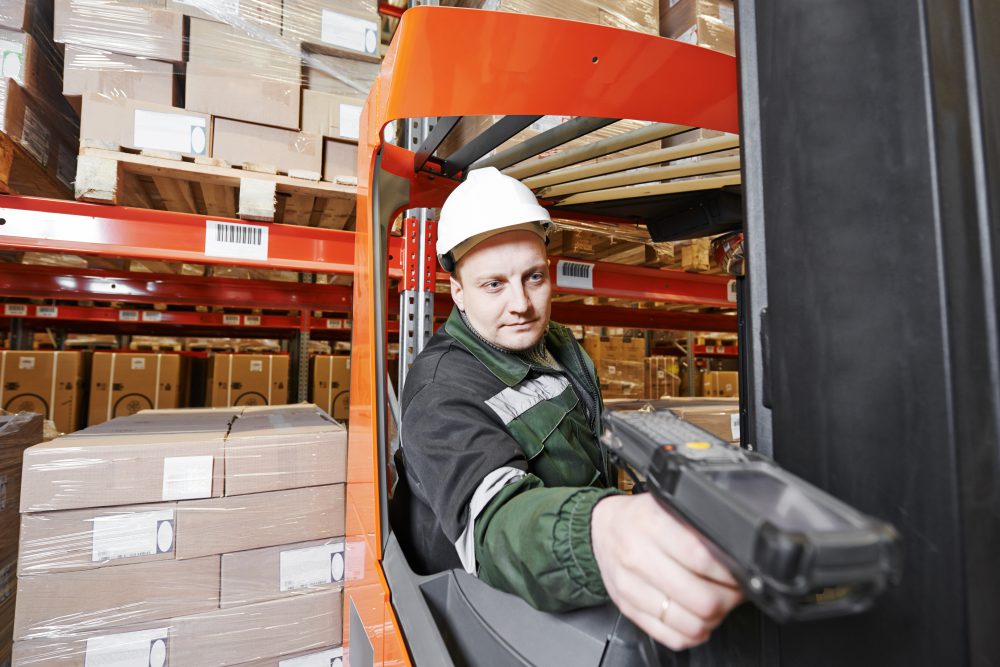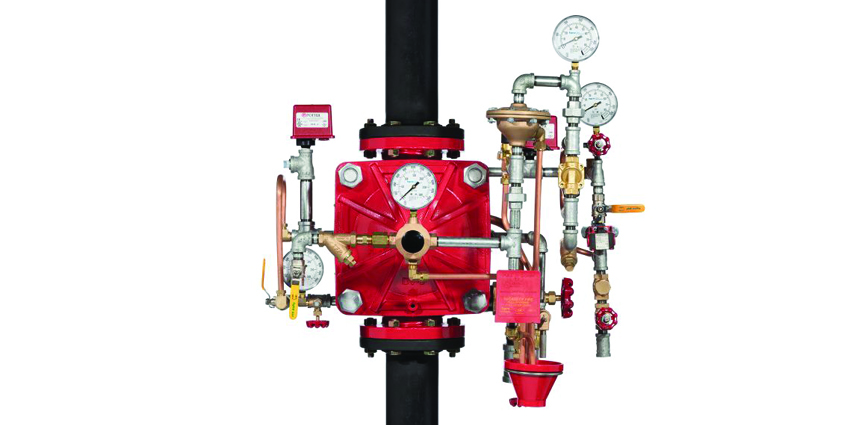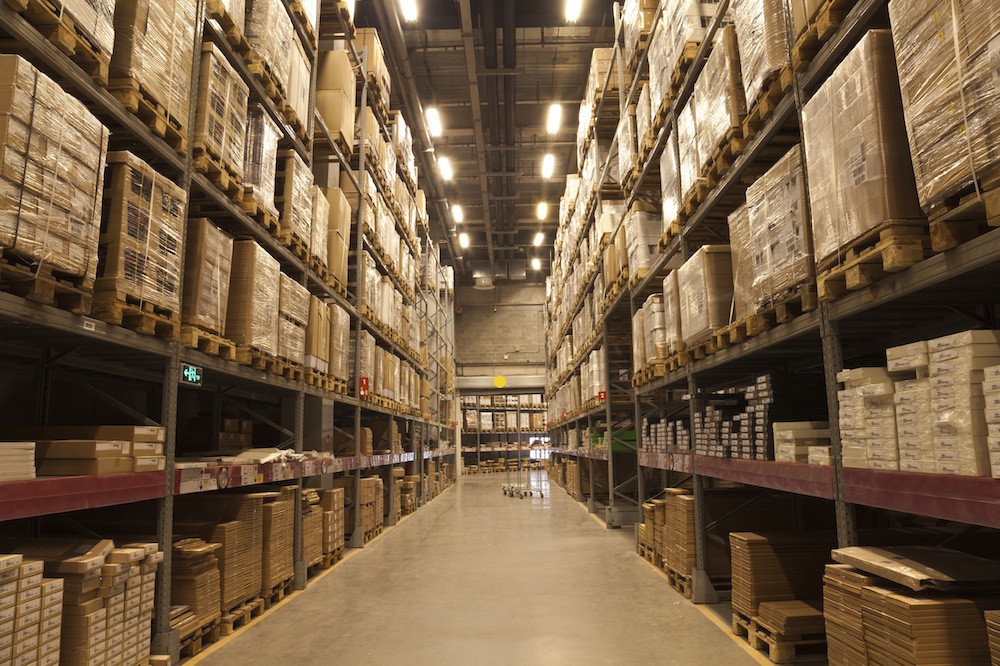2022 Recap: Our Top 5 Blog Posts of the Year
This past year has been a big one in the food and beverage industry, with new technology rolling out and (some) supply chain constraints waning. While new trends and practices are already appearing for 2023, it’s critical for manufacturers to reflect on 2022’s challenges and successes when planning for the one ahead.
That’s why we’re revisiting the topics our readers found most useful this year. From coffee trends to labor availability to cyberattacks, here are the five most popular Food for Thought posts of 2022.
Continue Reading “2022 Recap: Our Top 5 Blog Posts of the Year”


